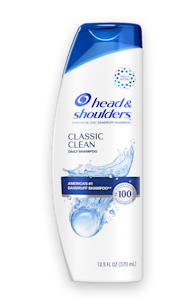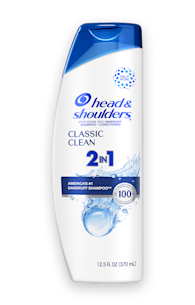DANDRUFF OR HEAD LICE – HOW TO SPOT THE DIFFERENCE

Dandruff and head lice may seem similar, but there are a few key differences that can help you tell one from the other.
How to spot head lice
Head lice and dandruff share similar symptoms, including an itchy and irritated scalp.
Head lice produce eggs called nits, which are a similar color to dandruff flakes.
How to tell the difference between dandruff and nits:
dandruff flakes will slide easily off hair fibers
nits are adhered to the hair, unlike dandruff flakes
dandruff can be found on the scalp and hair
nits are only found on the hair fibers
dandruff flakes can be a yellowish color
nits are teardrop-shaped
If you have head lice and nits, you will need to treat your hair with a specially medicated shampoo and manual combing.
The cause of dandruff
Dandruff is caused by a natural microbe called Malassezia globosa, which causes scalp irritation.
Your scalp then keeps rapidly shedding its outer layers, attempting to get rid of the irritation. The shedding is what causes flakes, tightness, dryness and itchiness.
If you’re suffering from an itchy scalp and appear to have flakes, you could be affected by dandruff.
How to treat dandruff
Our Itchy Scalp Care Shampoo with eucalyptus essence calms itchiness while working against dandruff. With regular use, your scalp andhair are comfortable and up to 100% flake free.¹
For quick relief from itchy scalp, and extra moisture, use our Instant Relief 2-in-1 Shampoo plus Conditioner.
The formula with peppermint complex and tea tree essence instantly cools your scalp, while the conditioner moisturizes and helpsrestore your hair’s natural, silky smoothness.
¹ visible flakes, with regular use





